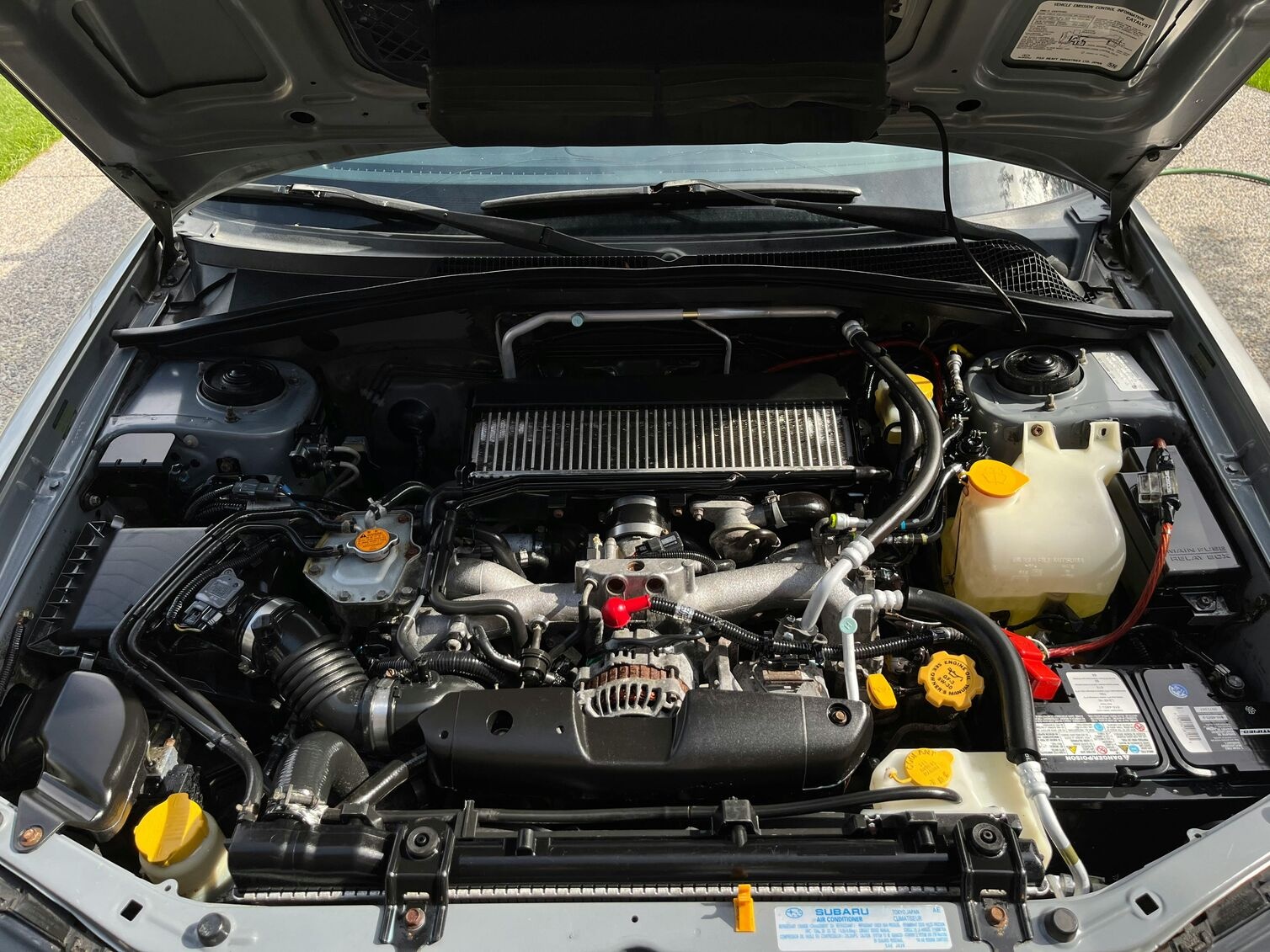So your battery’s playing up, the lights are dimming, or your car won’t start properly and now you’re wondering, ‘how can I test an alternator to figure out if that’s the issue?’ You’re not alone. The alternator is one of the most overlooked components under the bonnet, yet it plays a massive role in keeping everything ticking along.
Luckily, you don’t need to be a mechanic to look out for a few basic things. Here’s a simple guide to help you check whether your alternator is doing its job or whether it’s time to call in the pros.
Know what the alternator actually does
Before you dive into testing, let’s get clear on what the alternator does. It’s not the same as the battery. The alternator is what keeps your battery charged while you drive. It also powers your lights, radio, aircon, and everything else electrical once the engine is running.
So, if your battery keeps dying, you’ve got flickering lights, or warning symbols on your dash, the alternator might not be doing its job.
Look out for the early warning signs
You can often catch alternator issues before they fully knock your car out of action. Here are a few signs to watch for:
- Battery warning light on your dashboard.
- Flickering or dim headlights.
- Strange smells (burning rubber or electrical)
- A whining or grinding noise from the engine bay.
- Car starts but stalls or struggles under load.
- Car doesn’t start at all.
- If you’re ticking any of those boxes, it’s time to go further.
Check the battery (engine off)
Before you start the engine, check your battery connections. Are they tight or loose, is there corrosion around the terminals?
To rule out any simple contact issues, make sure the terminals are clean, if not, give them a brush with a stiff or wire brush to remove any corrosion. Tighten the terminal connectors if they are loose. Start the engine and let it run (or drive) for a while. If any of the above was the issue, if not all should be OK. If problems persist, as in a flat battery, then the alternator might not be effectively charging (recharging) the battery an it may be a problem.
Any issues with your battery not charging could be the battery itself or the alternator is not doing its job. Either way, your car may not reliably start and other electronic items may be affected.
Turn on the accessories
To really test your alternator under pressure, keep the engine running and turn on your headlights, radio, AC, and any other big electrical loads.
Are your headlights illuminating correctly, is your stereo working properly, can you wind up and down your electric windows or are they slow to operate?
Check the alternator belt (optional but useful)
If there are issues, it could be a failing alternator, it’s worth taking a peek at the alternator belt. A loose or worn-out belt can cause poor alternator performance even if the alternator itself is fine.
Look for cracks, glazing, or slack in the belt. Give it a gentle tug; if it moves more than 1–1.5cm, it may need tightening or replacing.
When to call in the pros
If you’ve looked into these things and suspect a possible issues or you’re just not sure, bring your car into Autospark. We’ll do a full diagnostic check and confirm what’s going on with your charging system.
Sometimes the issue isn’t the alternator itself but a wiring problem, fuse, or a failing battery. Our team will pinpoint the issue, explain your options, and get things sorted with no guesswork.
Final thoughts
Typically a failed battery will often present at the worst time. Similarly, if the alternator is not charging the battery effectively that will lead to a battery failure and your car wont start. A test by the professionals will give you the answer and then battery or an alternator replacement is best left to the experts.
If you’re seeing signs of trouble and want a professional opinion (or a proper fix), book in with Autospark. We’ll get your vehicle charging properly again without the guesswork.





